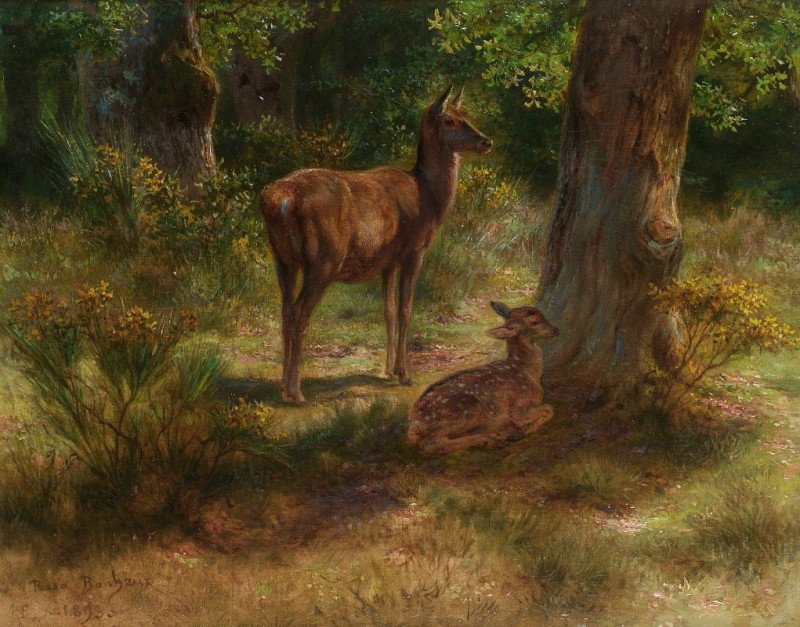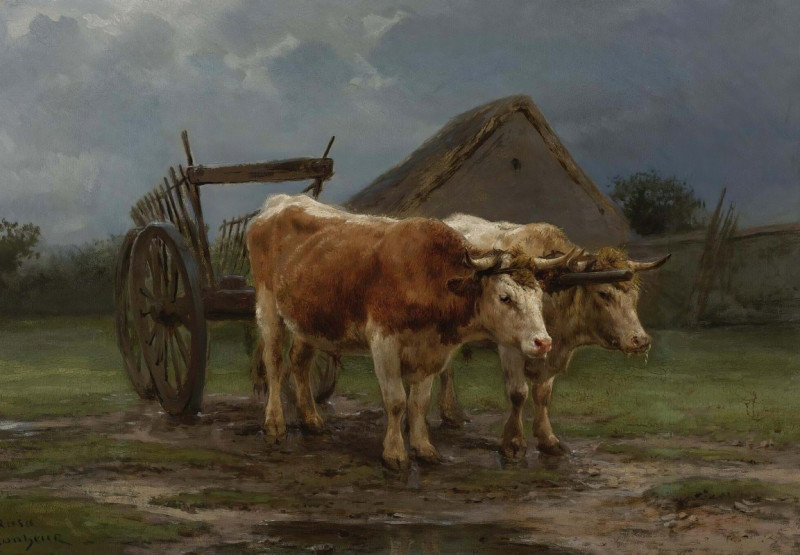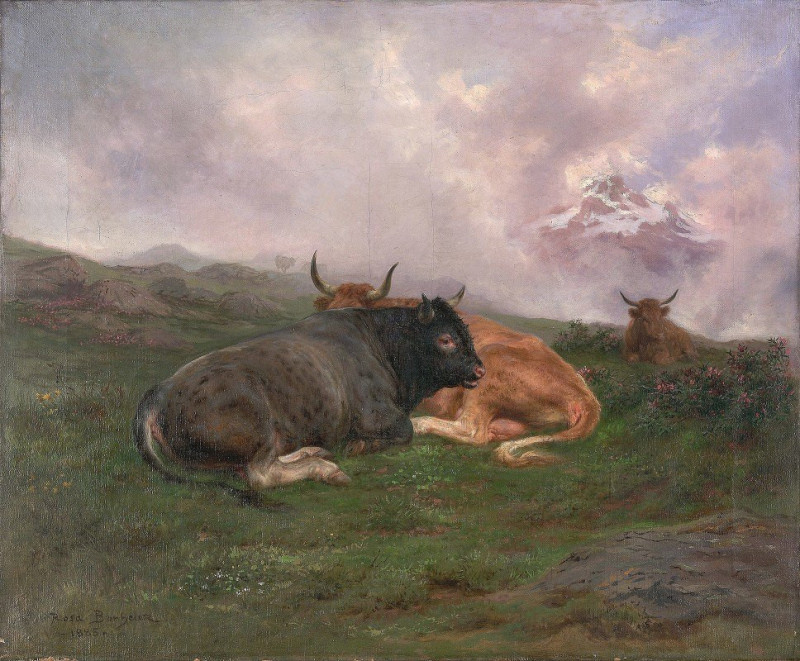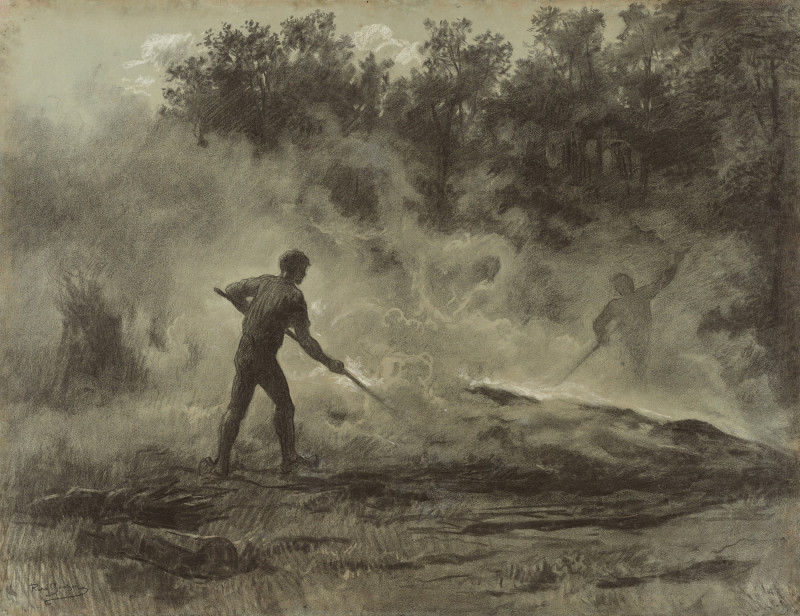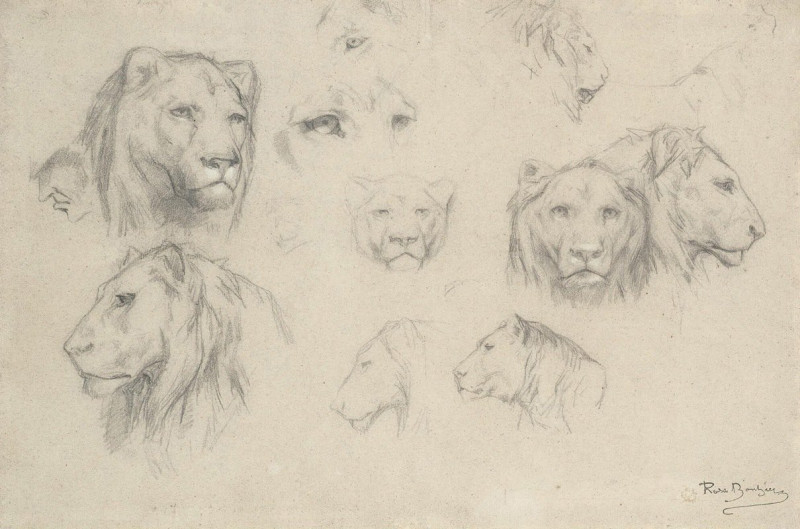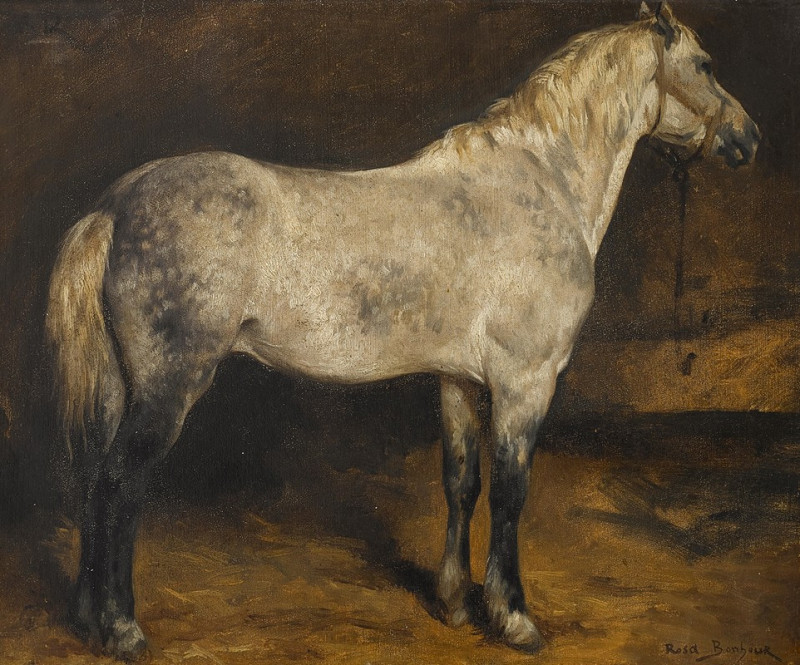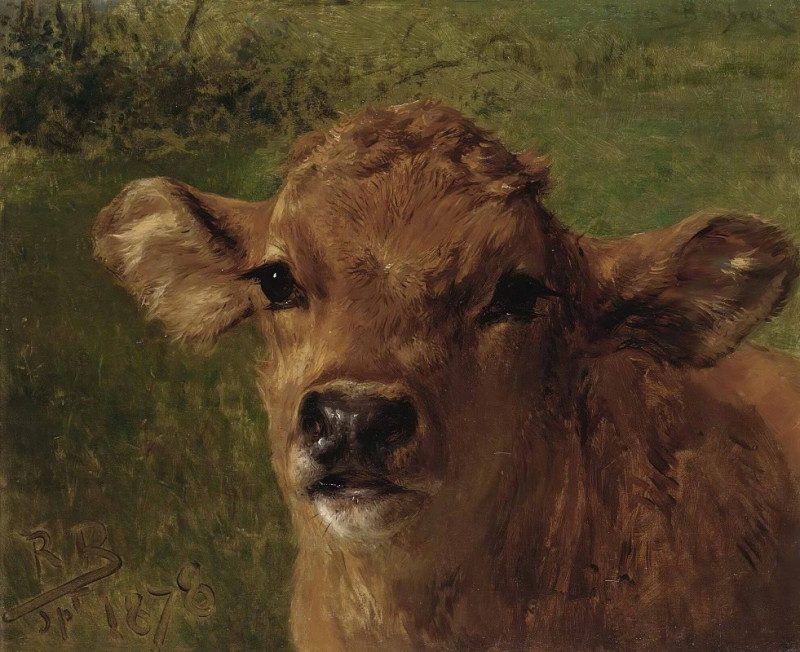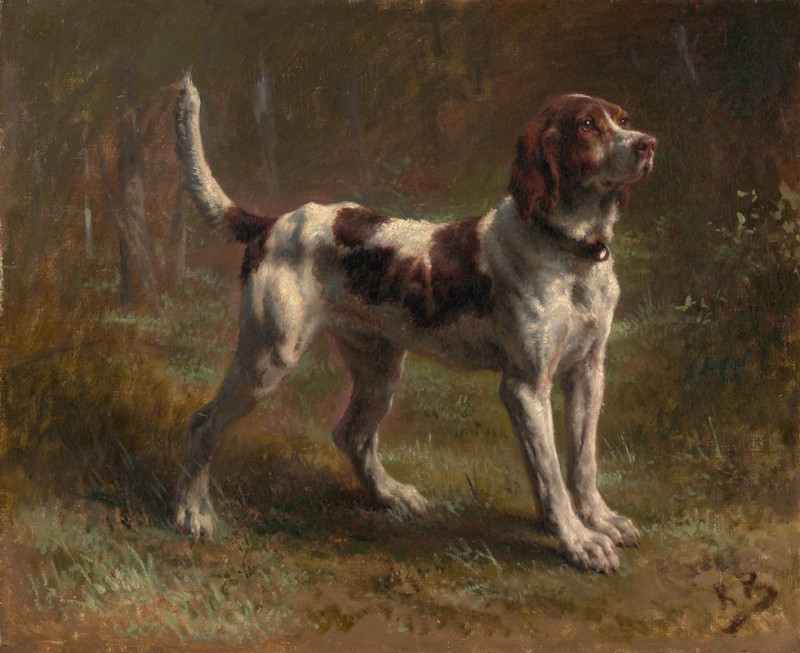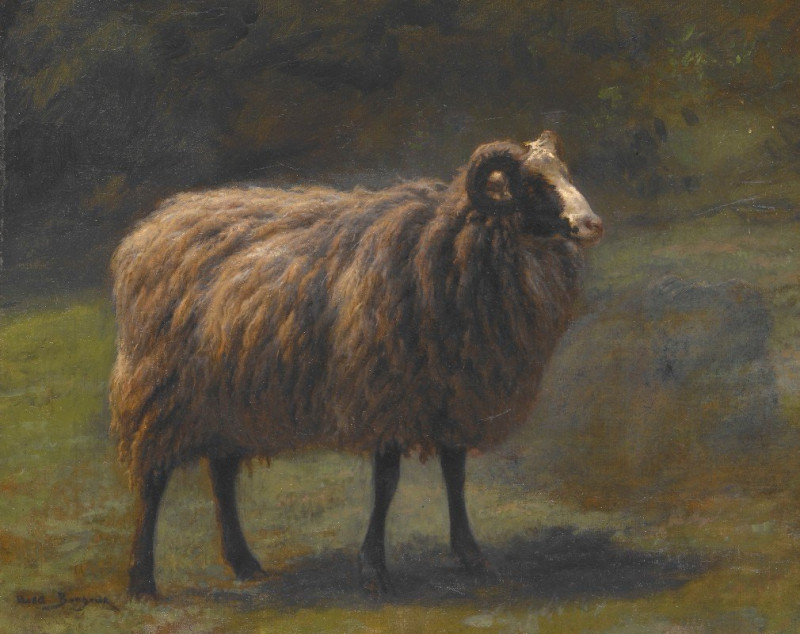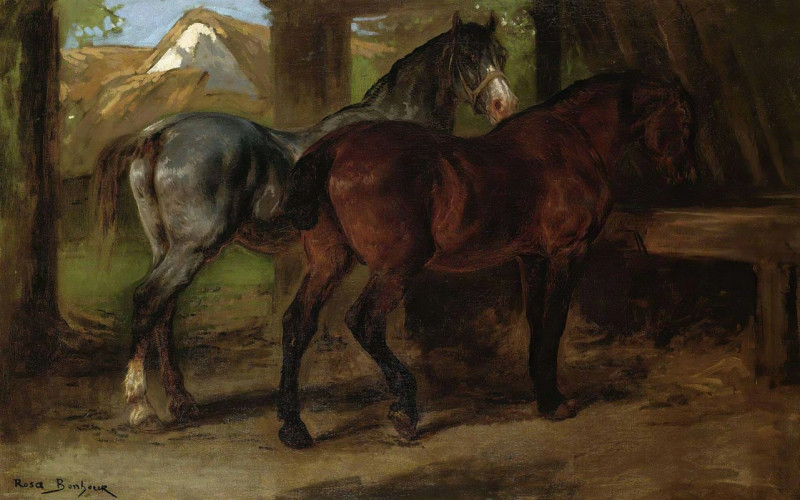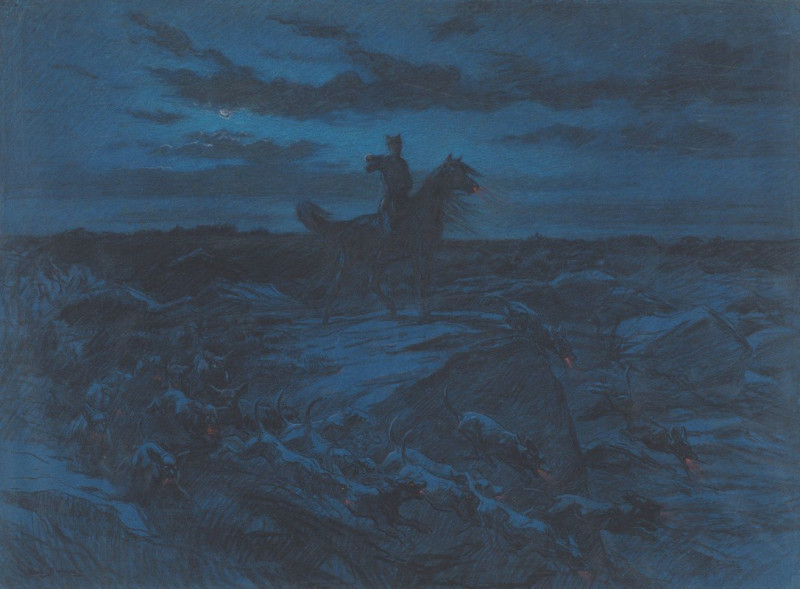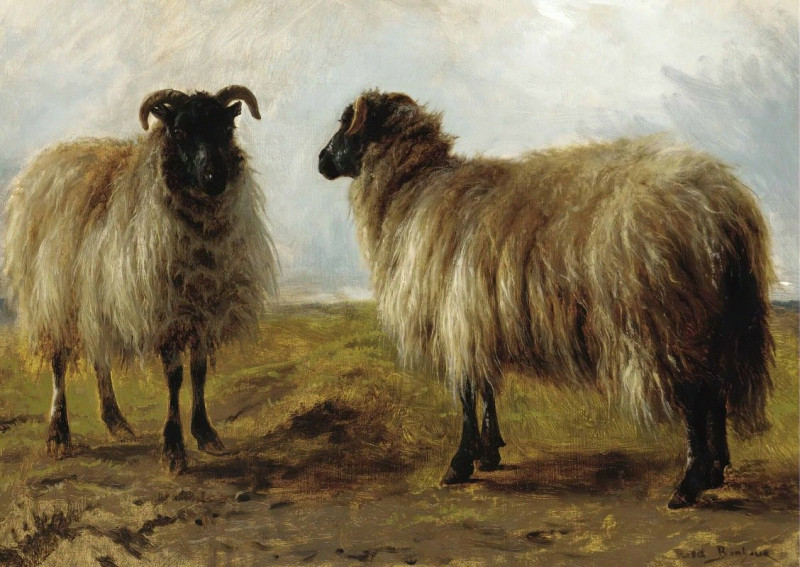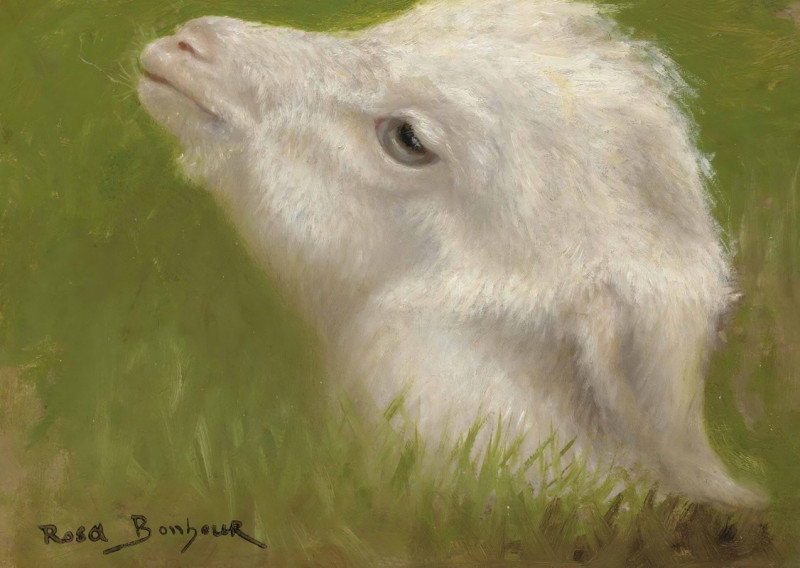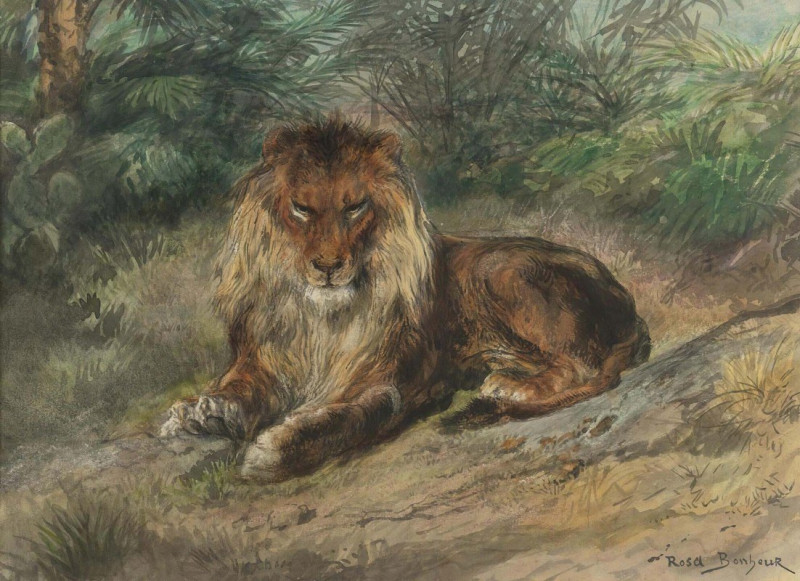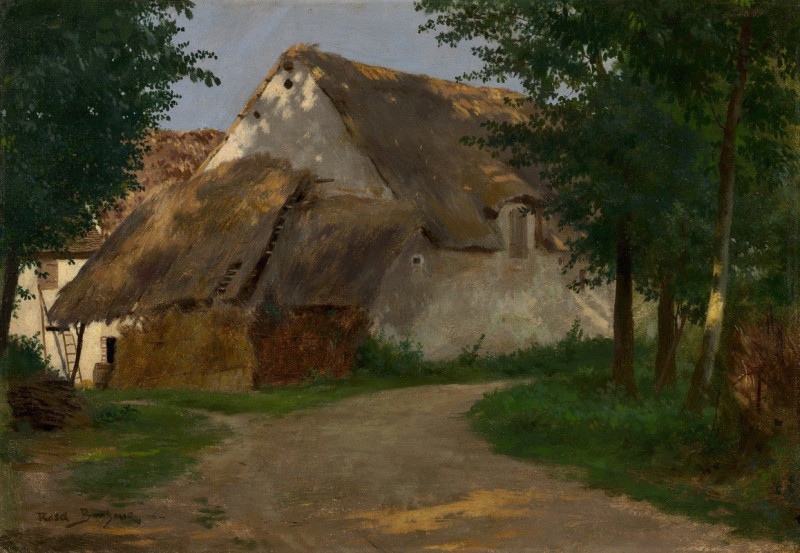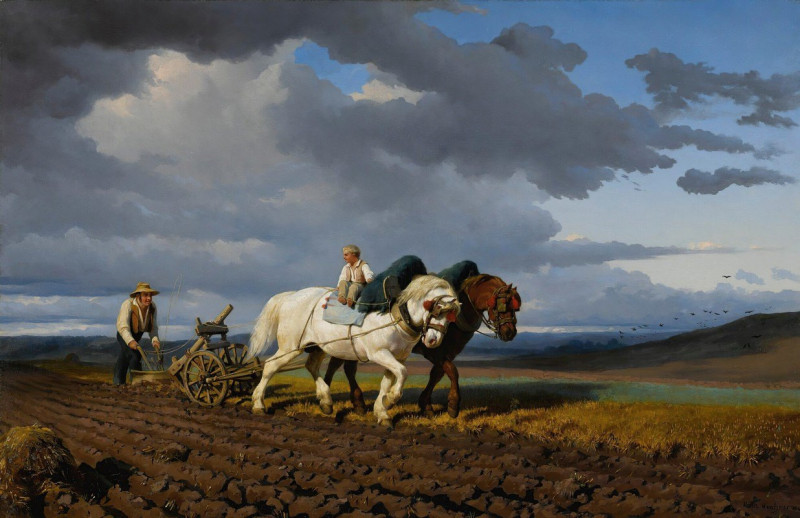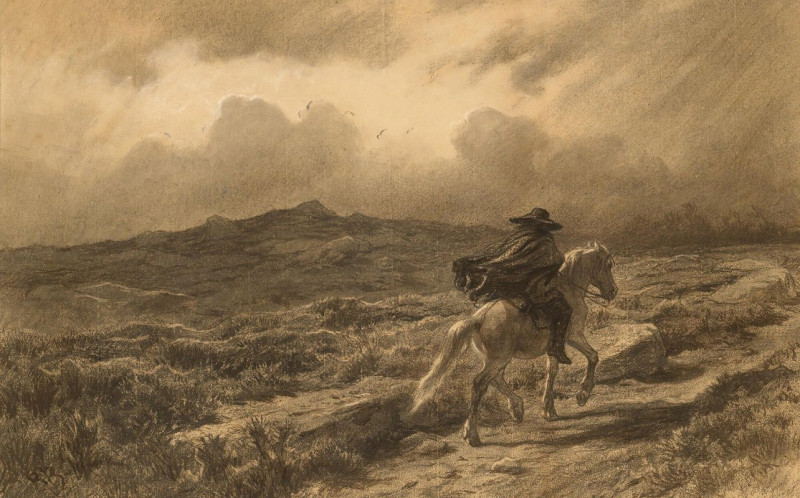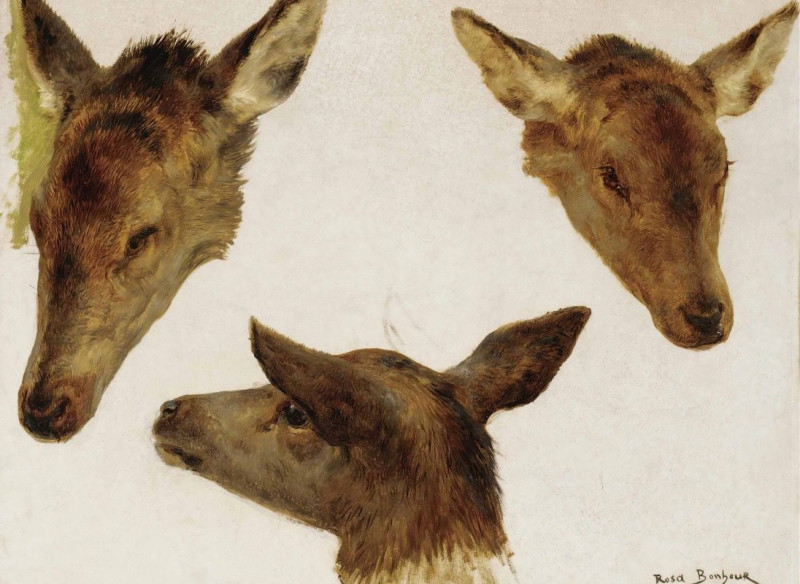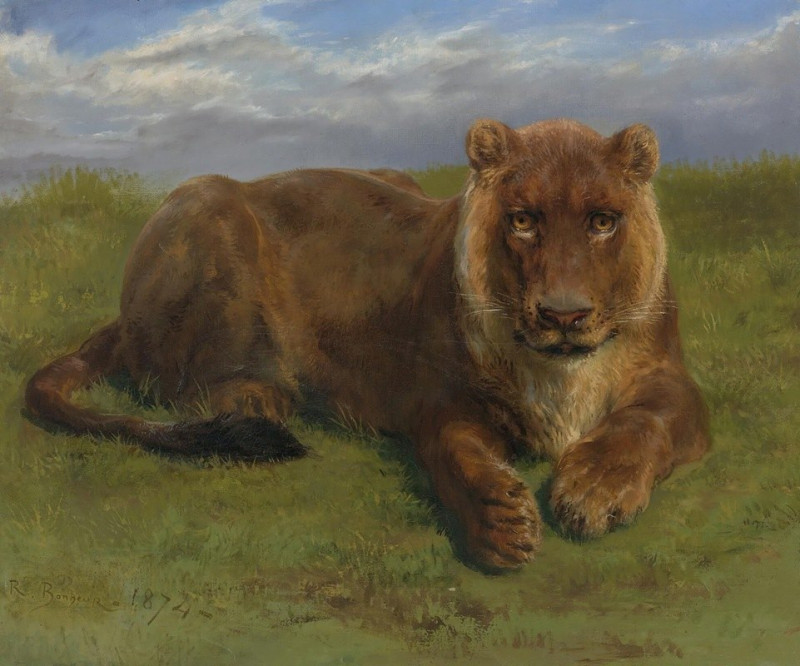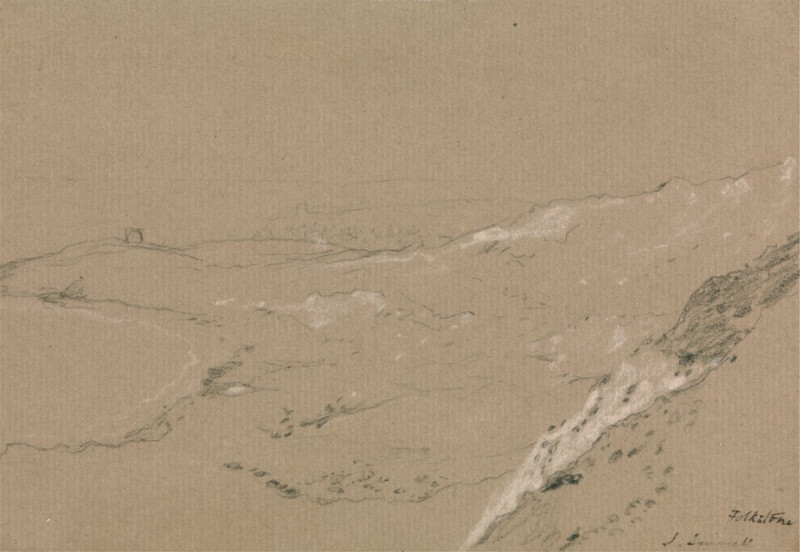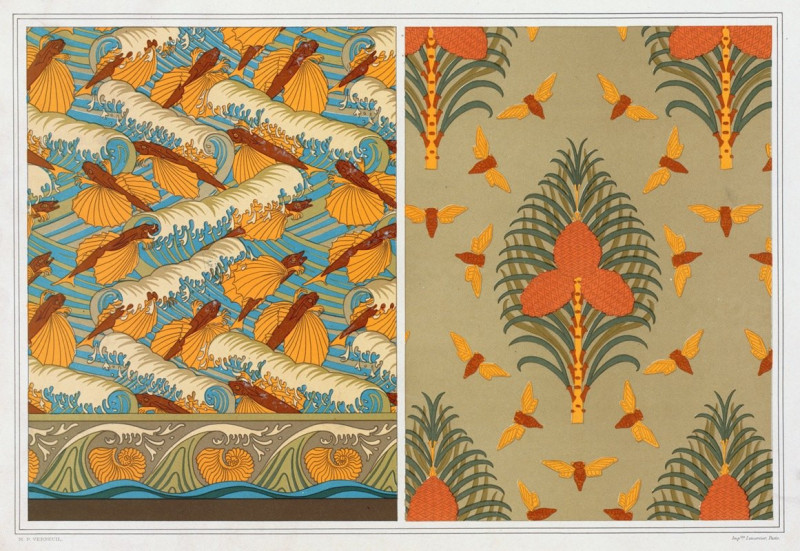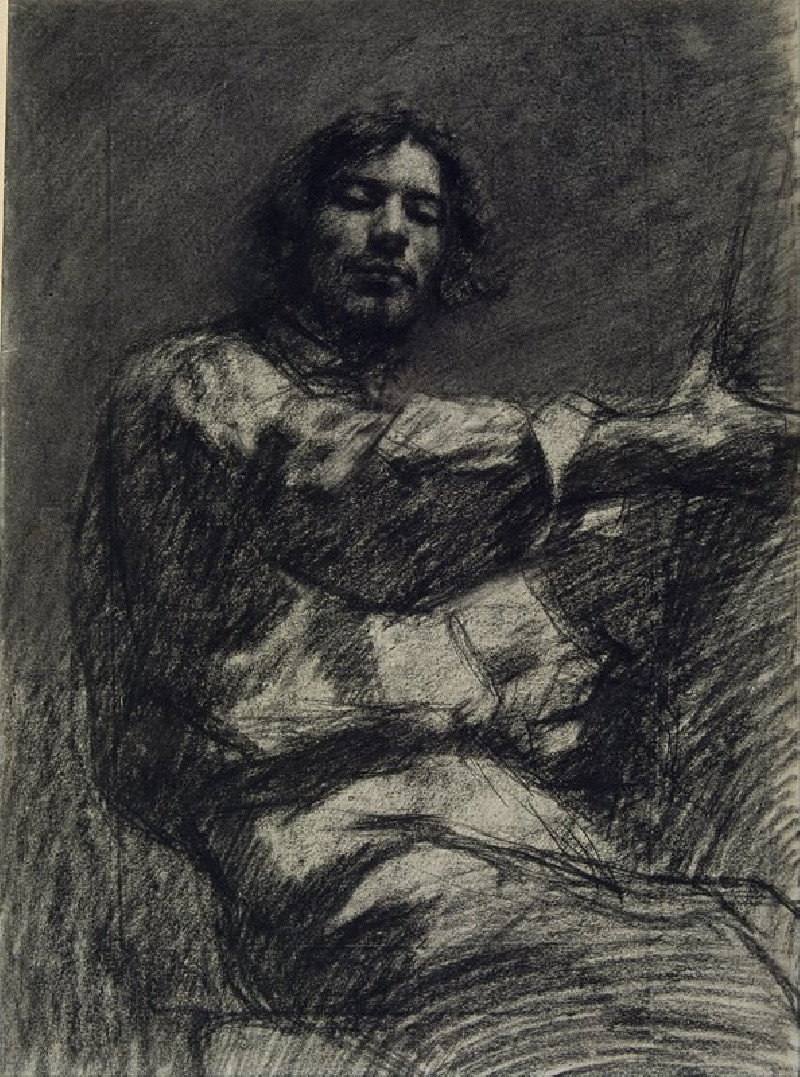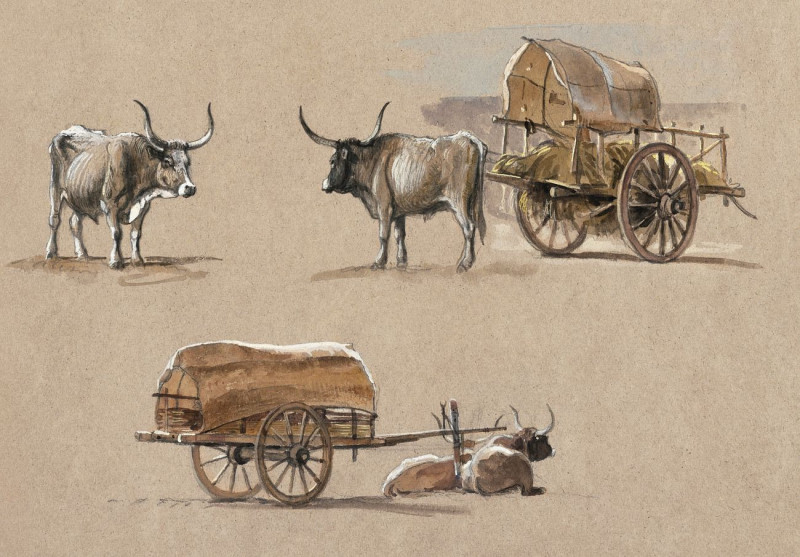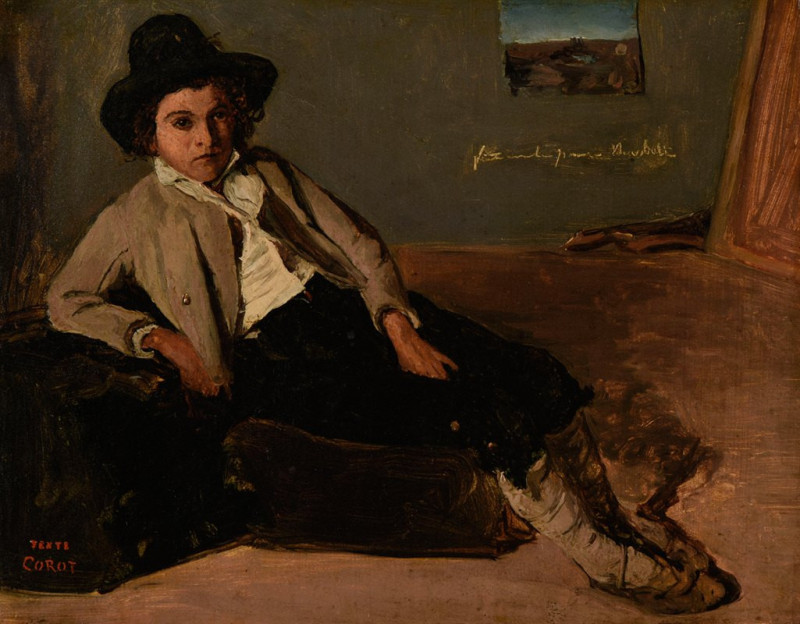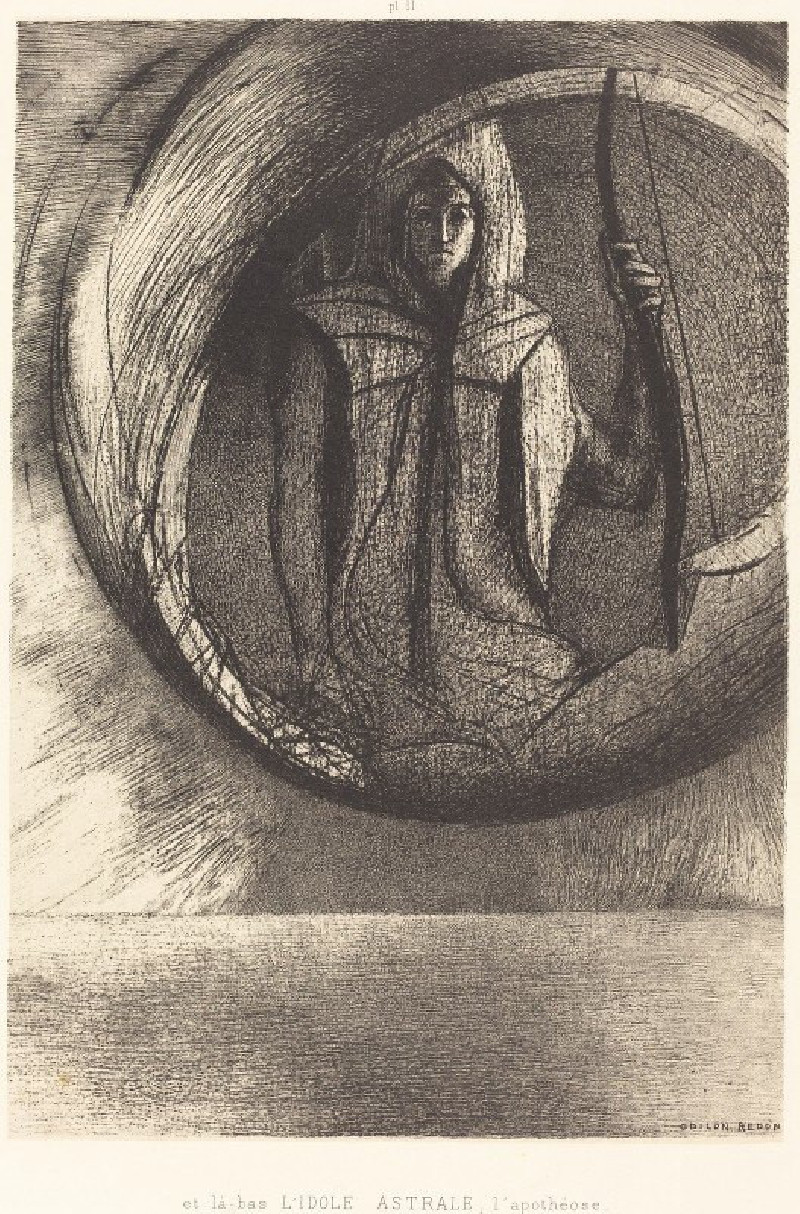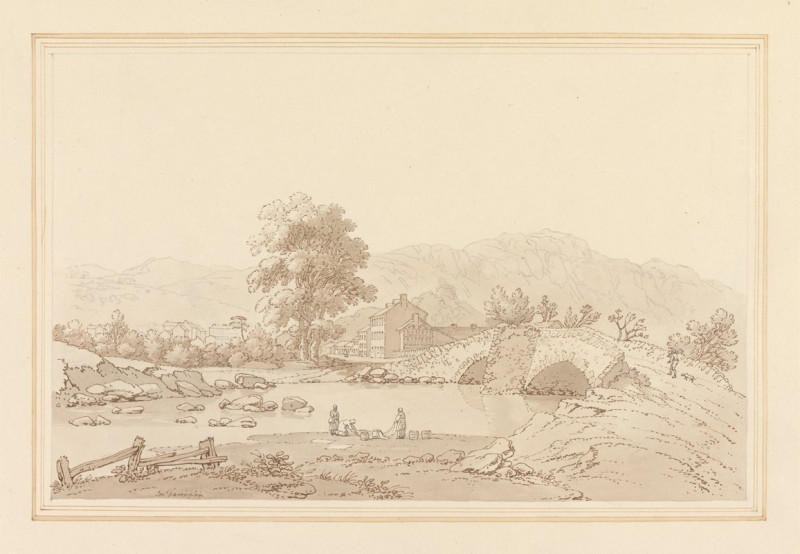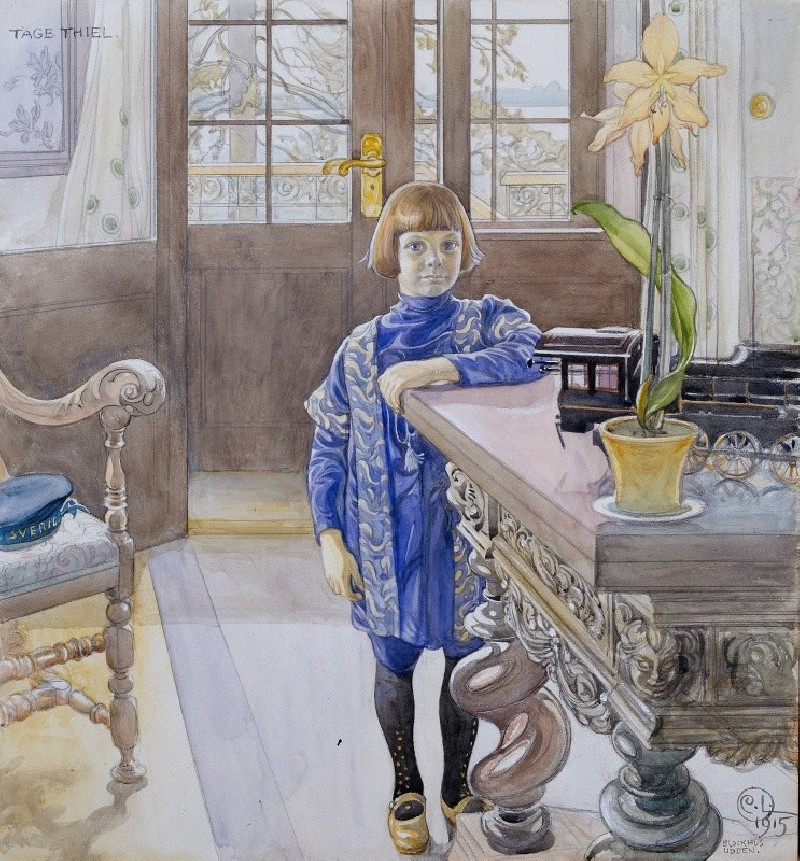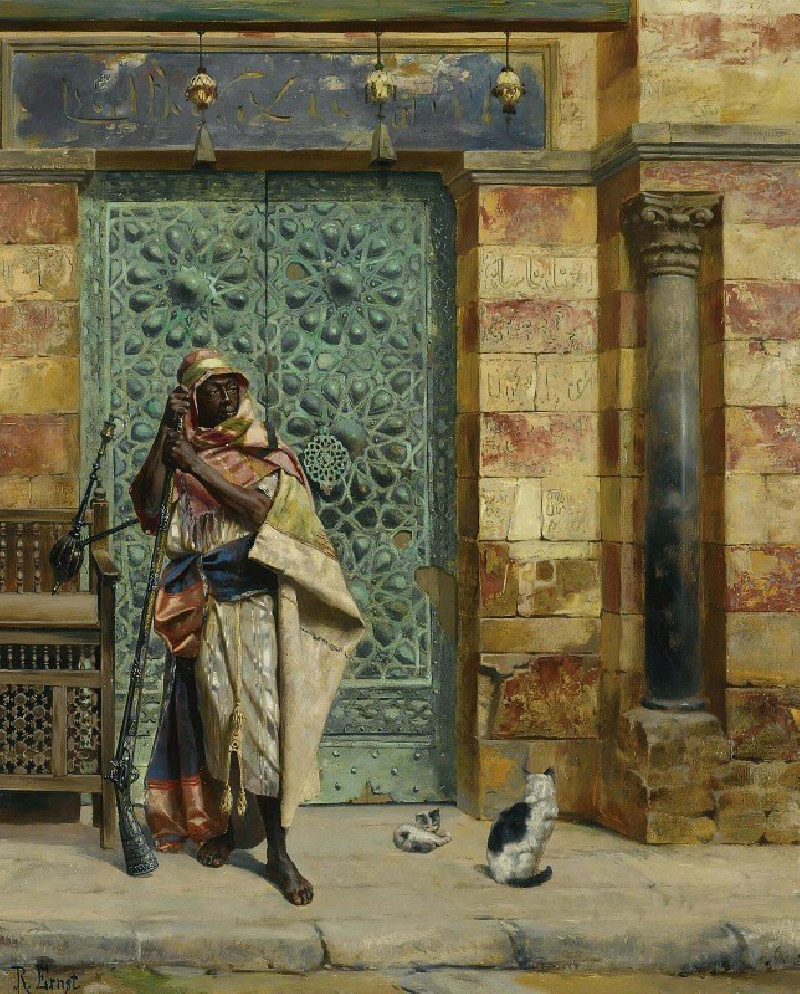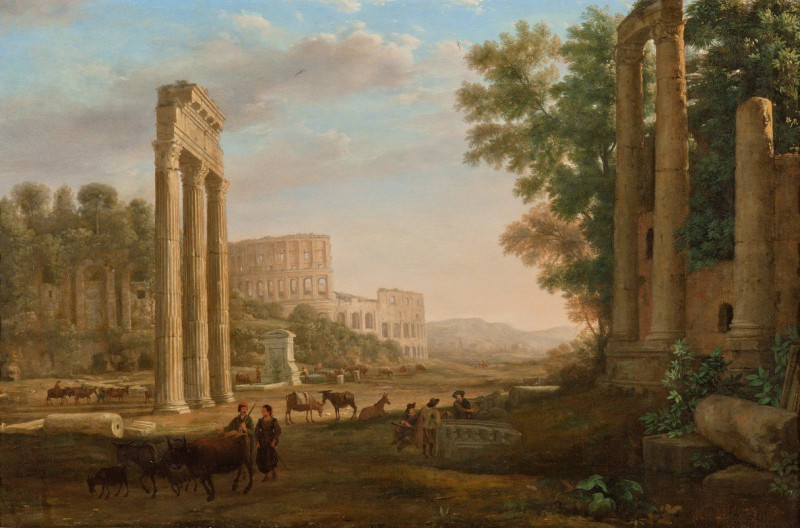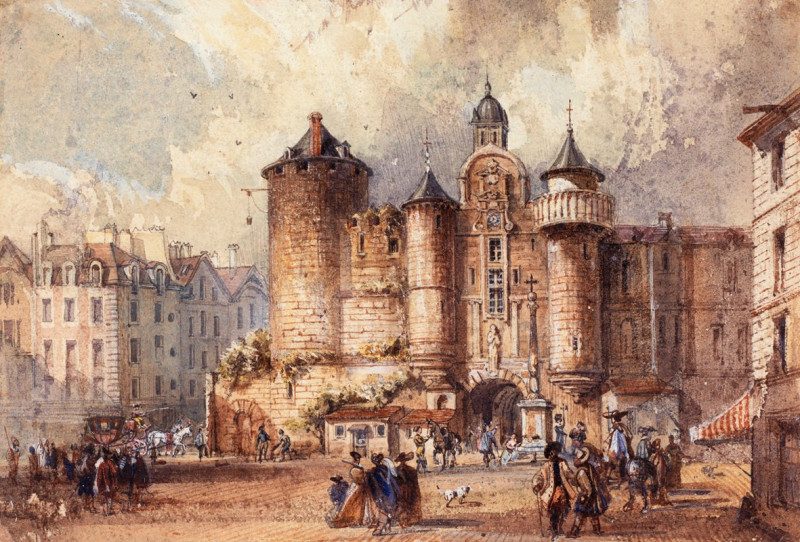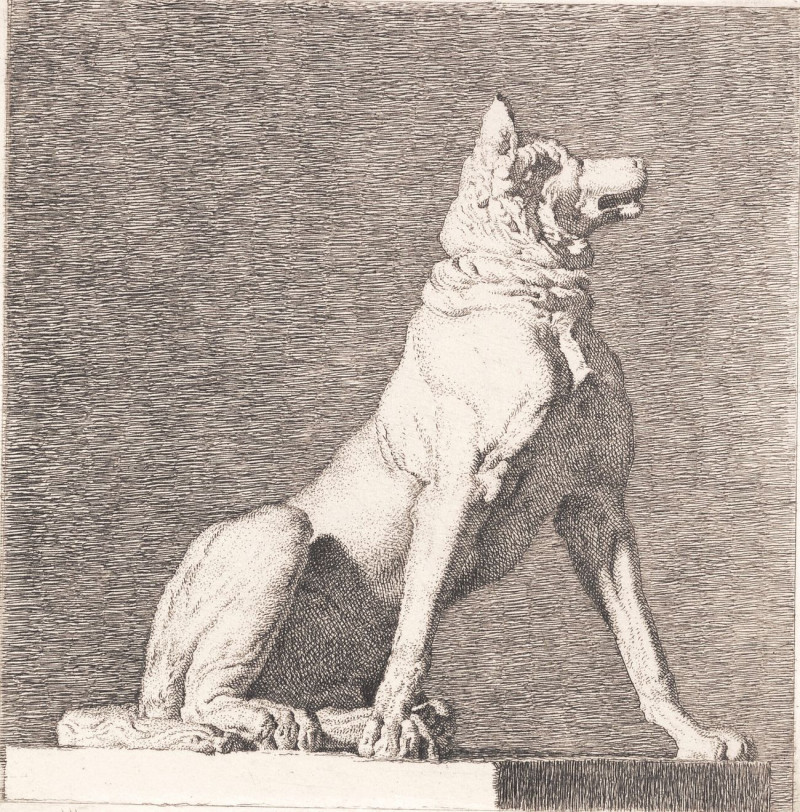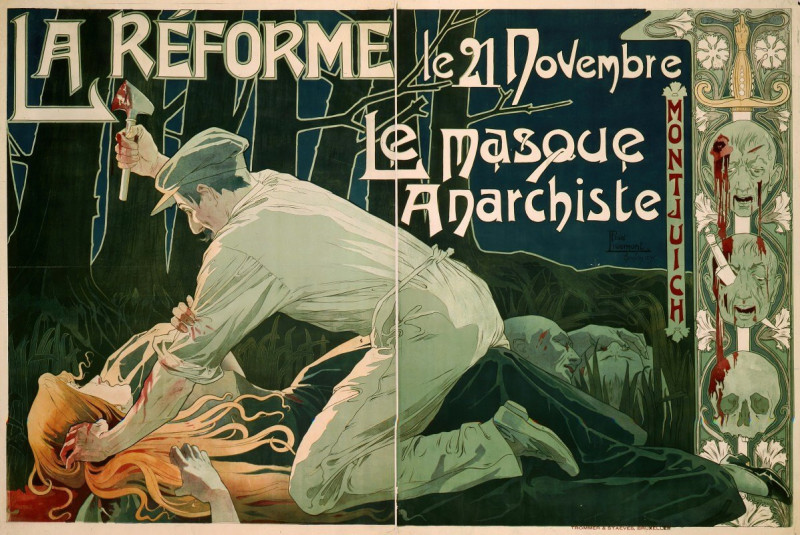Les Cerfs Et Les Fauves Dans Un Bois
Technique: Giclée quality print
Recommended by our customers
More about this artwork
We are thrilled to present Rosa Bonheur’s enchanting masterwork, "Les Cerfs Et Les Fauves Dans Un Bois" ("Deer and Wild Animals in the Woods"), a painting that superbly captures both the tranquility and the vivacious spirit of nature. Created in 1893, this piece showcases Bonheur's precise mastery in depicting wildlife and natural environments, themes she ardently embraced throughout her career.In this serene composition, Bonheur depicts a tranquil forest scene illuminated by natural light that seems to dance through the trees. The painting focuses on two deer—a vigilant doe standing guard and a resting fawn, tenderly depicted in a patch of sun-dappled ground. The foliage around them bursts with the lush greens and earthy browns of the forest, punctuated by hints of yellow wildflowers that suggest the season is either spring or early summer.Bonheur’s talent in rendering the textures of the forest floor, from the soft grasses to the rugged bark of the trees, immerses viewers in this peaceful woodland setting. Her use of light and shadow not only highlights the natural beauty of the deer but also enhances the depth of the forest that shelters these graceful creatures."Les Cerfs Et Les Fauves Dans Un Bois" is a poignant reminder of the delicate balances within nature, portrayed through Bonheur's deft brush strokes and her keen observation of wildlife.
Delivery
Returns
Rosa Bonheur, born Marie-Rosalie Bonheur, was a French artist, mostly a painter of animals (animalière) but also a sculptor, in a realist style. Her paintings include Ploughing in the Nivernais, first exhibited at the Paris Salon of 1848, and now at the Musée d'Orsay in Paris, and The Horse Fair (in French: Le marché aux chevaux), which was exhibited at the Salon of 1853 (finished in 1855) and is now in the Metropolitan Museum of Art, in New York City. Bonheur was widely considered to be the most famous female painter of the nineteenth century.

